How Do Transporters Work In Star Trek?
We cover the science and the fiction of Star Trek's transporters.
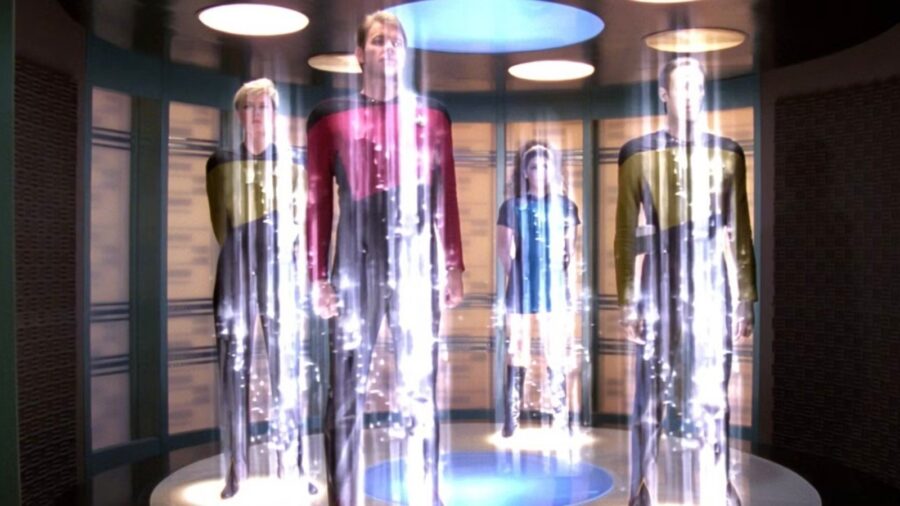
They’re one of the most recognizable and ubiquitous pieces of technology in Star Trek, and people rely on them every day in the world of the future. Some people, like Dr. McCoy, prefer not to use them while people in Discovery‘s 32nd century pop around from one spot to another all the time with matter-energy conversion lapel pins. But how do Star Trek‘s transporters actually work?
The basic idea of transporters is simple: convert matter into energy, send it in the form of a matter stream (or “beam”), and reconstitute the matter at a desired location. It’s a physics-bending notion that Star Trek itself has had to justify (we’ll get to that), but it arose, like many things in the franchise, out of budget constraints.
When the original Star Trek was produced in the 1960s, it was already an ambitious project for television with the promise of starships, alien creatures, and strange new worlds, but it existed in the real world of network finances.
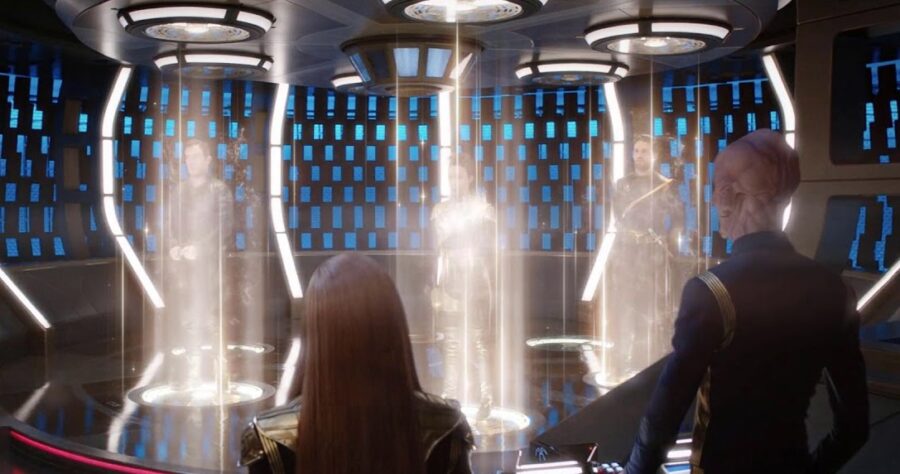
Creating and flying ships onscreen was one challenge, with certain stock shots being reused over different backgrounds to save money on expensive visual effects. But landing Star Trek’s ships was another concern altogether, especially with the odd shape of the Enterprise.
So, the ingenious idea was developed that people in the future didn’t need to land their ships when they could just use transporters materialize on a planet’s surface.
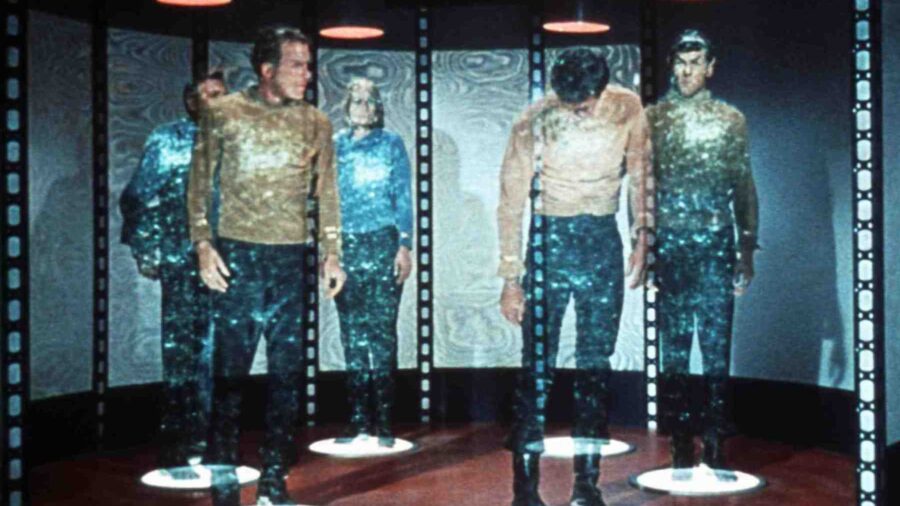
It was not the first time such an idea had entered science fiction, with Frank K. Kelley’s “vibra-transmitter” from his 1933 story “Into the Meteorite Orbit” bearing that distinction. But while Kelley envisioned people’s bodies transformed into vibrations, Star Trek’s transporter operates on the principle of converting matter into energy patterns.
These are stored in pattern buffers that help retain the original configuration of the matter that passes through and can be used as a backup to help restore anything (or anyone) that is lost or damaged in the process.
It all sounds fine until Dr. McCoy is chuckled at for worrying about having his molecules “scrambled” not long after a transporter accident kills two people in Star Trek: The Motion Picture. Starfleet‘s report, “What we got back didn’t live long . . . fortunately” is not the best advertisement for a mode of transit. And the concept of turning matter into energy and rematerializing it on its own has some pretty big scientific hurdles to jump.
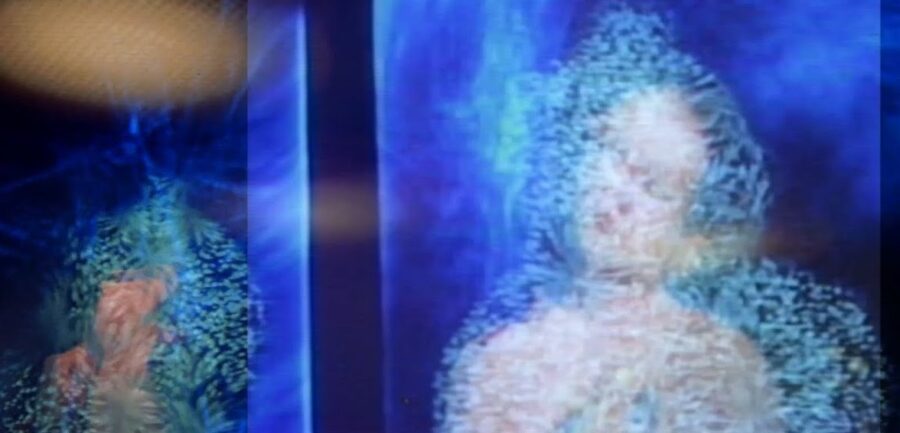
In 1927, German physicist Werner Heisenberg developed what is known as the Heisenberg uncertainty principle, which states that we cannot perfectly know both the location and the speed of a given particle, such as a proton or an electron. This means that identifying and locating all the bits of matter in a particular object or person is essentially impossible. Thankfully, Star Trek’s transporters are equipped with Heisenberg compensators—devices that circumvent this problem to make transport possible.
How does the transporter’s Heisenberg compensator work? To quote Star Trek technical advisor Mike Okuda, “It works very well, thank you.” If all of this doesn’t exactly instill you with the highest of confidence in this particular piece of technology, don’t worry: it only seems impossible because it hasn’t been invented yet.
In the early 22nd century, Star Trek: Enterprise tells us, Dr. Emory Erickson will not only invent the transporter, but will be the first human to be transported by one. They will start out, of course, transporting cargo. Never mind that the human body contains 10^27 (one followed by 27 zeroes) atoms and that the computing power necessary to store that much data is ridiculous; you’ll be just fine.
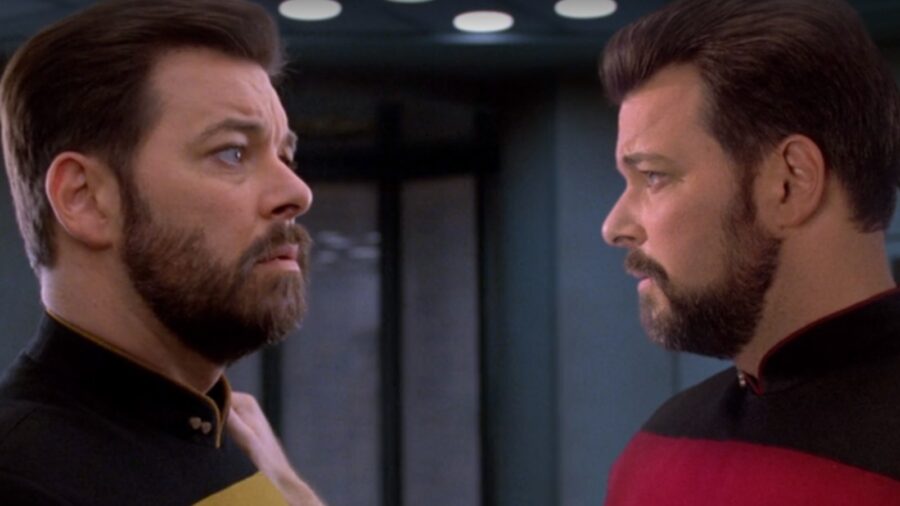
By Star Trek’s 24th century, in fact, matter-energy transporters will be considered the “safest way to travel” (TNG “Realm of Fear”). They will even be used to reconstitute lost crew members, in addition to creating twins (TOS “The Enemy Within,” TNG “Second Chances”), portals to alternate dimensions (TOS “Mirror, Mirror” and subsequent Mirror Universe episodes) and genetic hybrids sparking intense ethical conundrums (VOY “Tuvix”).
In fact, it will be so relied upon that people will occasionally forget shuttlecrafts exist and leave crew members to nearly freeze to death on an alien planet while they work to fix the transporters (TOS “The Enemy Within”).
The upshot is that transporter technology is entirely safe and reliable and functions on the very real Star Trek principle of science magic, which has yet to fail us. Except when it does, but that’s beside the point. Beam us up anyway!












